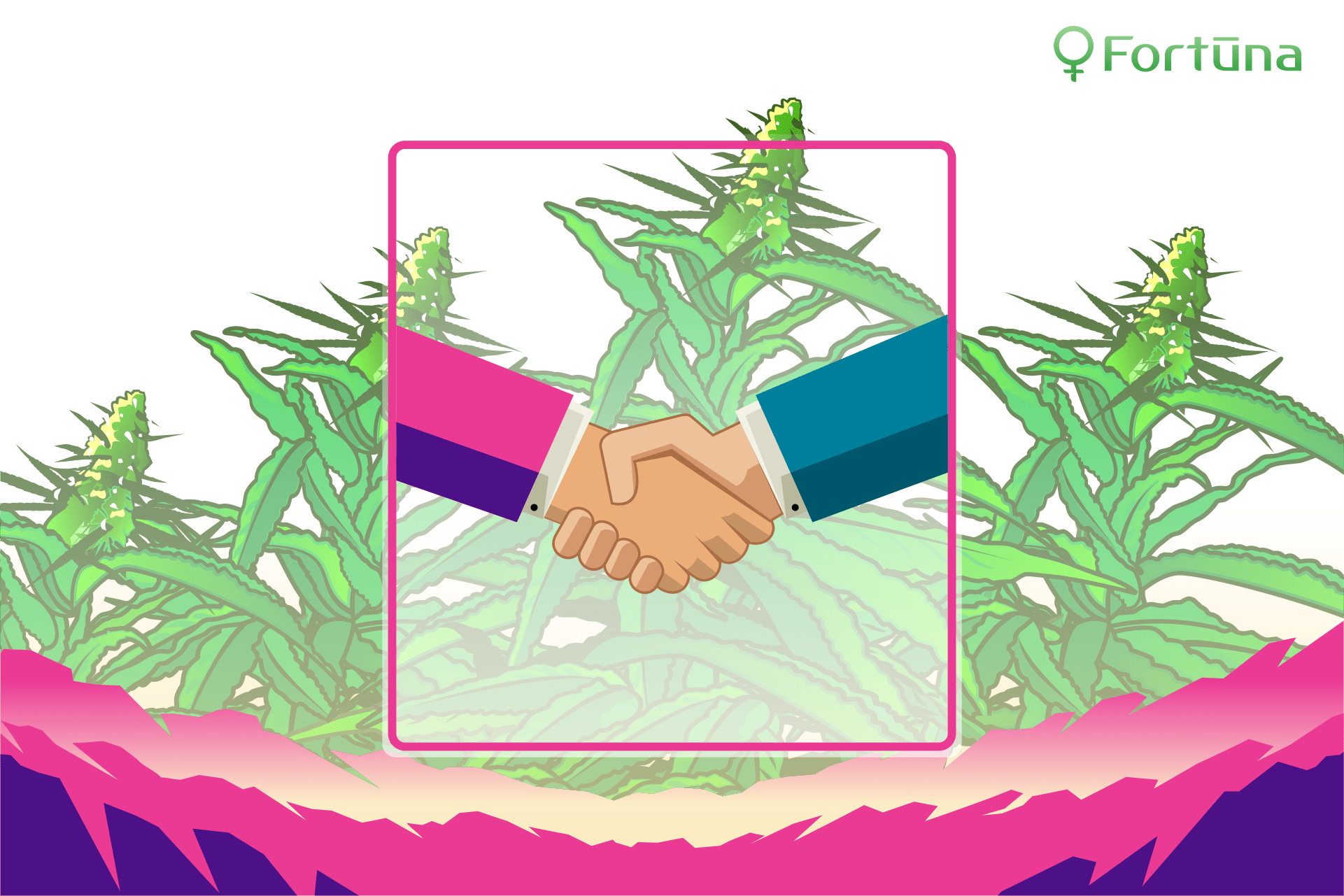
- Hemp Farming
-
by
Understanding hemp plant spacing and hemp seed spacing is the first step toward planning a successful hemp crop. You should not purchase hemp seeds without fully understanding how many feminized seeds you will need or how far to space hemp in a field. Today, we’ll discuss proper hemp plant spacing as it relates to your specific hemp cultivation goals and then go on to explain how to calculate the appropriate number of hemp seeds to purchase so you can use every available inch of your farmland to produce abundant amounts of CBD hemp flower.
Why it’s important to space plants properly
Small hemp seedlings in a large field can make it appear bleak and unfruitful, but rest assured that those seedlings will grow into large, bountiful hem plants – if farmers can space hemp correctly. Giving hemp plants adequate space to grow is vital to healthy crop production for many reasons. First, when any marijuana plants are given enough space to grow, they will have an easier time absorbing and metabolizing nutrients. There is no need to fight for resources when proper hemp spacing has achieved enough space to thrive, and they will reward farmers with a more abundant harvest in return.

Additionally, proper hemp plant spacing helps maintain crop manageability. Plants are easier to inspect, weeds are easier to remove, and harvest is easier to manage when there is ample space between plants for farmers to move.
Finally, adequate hemp plant spacing helps control infestation and disease. Two primary factors contribute to plant disease as it relates to spacing. First, contaminants like mildew travel quickly from one plant to another, especially when planted too close together. Furthermore, close plants reduce air circulation, which is a breeding ground for pests and molds. Thus, determining proper hemp plant spacing is paramount to producing a healthy, abundant CBD hemp crop.
Hemp Plant Spacing: Determining Space
There are two different types of hemp: industrial hemp and cannabinoid hemp. Hemp grown for industrial purposes doesn’t require much space between plants; four to six inches apart is average spacing for industrial hemp crops. The reason industrial hemp requires minimal space is because it is grown for its fibrous stalks. There need not be room for flowers as this is not the goal of industrial hemp production. Rather, industrial hemp grows in crowded environments to make the most of the land on which it grows. Hemp plant spacing is important.
Spacing Hemp Seeds

Cannabinoid hemp (CBD hemp and CBG hemp, for example) requires much more space to thrive. The amount of space between flowering hemp varies by strain but usually requires about four to six feet of space with room enough for farmers to move liberally between them. This gives the hemp plants ample surface space through which to collect light and transform it into the energy needed to produce lush, cannabinoid-rich flowers. Unlike industrial hemp that must grow tall and thin just to get enough light to grow, cannabinoid-based hemp plants require thorough light penetration and thus require ample hemp plant spacing to accommodate their needs.
Check out our Hemp Seeds Calculator
How Many CBD Hemp Plants Per Acre?
Industrial hemp seeds (which include both male and female plants) grow tall and lanky as they stretch toward the sun for nourishment. Because they grow so close together, farmers can expect to plant as much as 400,000 seeds per acre. Additionally, because industrial hemp does not require the profound level of care that CBD hemp does, there needn’t be as much space for farmers and machinery to work. Hence, industrial hemp farmers can plant significantly more seeds per acre than they would for CBD hemp. Better hemp plant spacing equals better yields too.

CBD hemp, which can grow as large as six to seven feet tall and as wide as four to five feet on average, requires larger hemp spacing to grow. Considering the average size of CBD hemp plants in addition to seed spacing requirements for easy crop management, farmers should plant most hemp plants about five feet apart at the center, leaving at least a foot or two between rows for accessibility. Taking this into account, most CBD hemp farmers should plant about 1500 hemp seedlings per acre of farmland.
Though the CBD market is relatively young and the average ROI of a hemp crop is variable based on market demand, farmers can expect to net about $50,000 per acre of hemp based on the current industry average. Prices largely depend on the plant’s final CBD content, which buyers typically price per point or dry-weight percentage point of CBD per pound of biomass.
Spacing Hemp Plants
Plants need ample room to grow. Some more than others. When it comes to hemp plant spacing, you must first understand your goals as well as the spacing requirements of the CBD hemp seeds you will plant. Once you know this, planning and purchasing hemp seeds and supplies will become so much easier.
Are you ready to get growing? Contact us to place your first order of feminized CBD hemp seeds and seed starts and start spacing your hemp seeds now!




Fortuna Hemp
March 25, 2020 at 1:18 pmYour welcome!
Cali Blendz
October 7, 2020 at 11:26 pmThanks for sharing this.